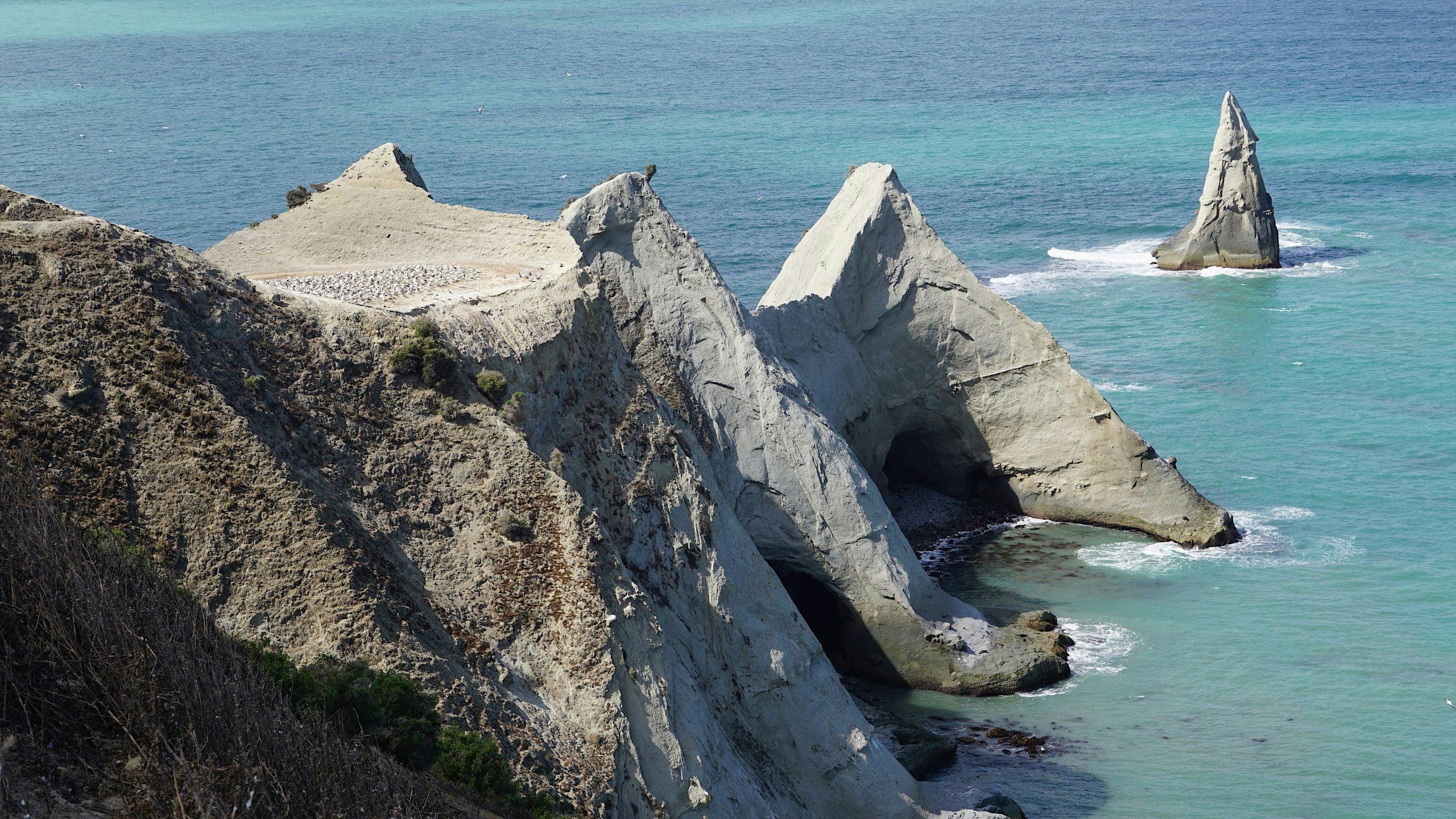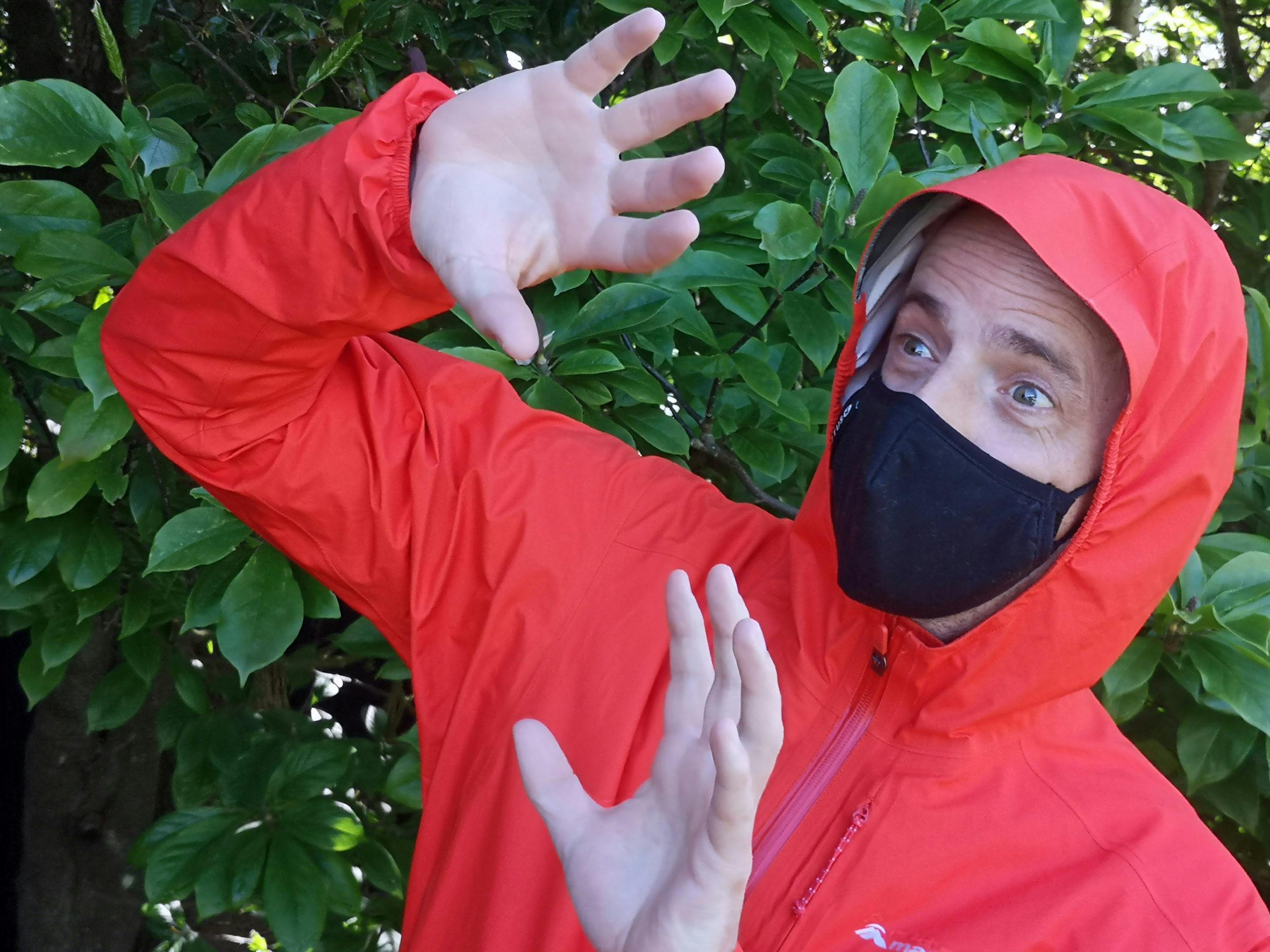A wrap of the biggest stories and best writing about the outdoors from New Zealand and around the world.
Experts have weighed in on mask use in the outdoors for an Outside magazine feature.
The article analyses the efficiency of neck gaiters and masks made from performance fabrics, and how Covid-19 can spread in the outdoors.
The article states that open air reduces infection risk outdoors, and UV light from the sun can inactivate the virus in minutes.
However, studies have shown the disease can transmit via small airborne particles called aerosols.
“These very small particles might go deeper into your lungs,” biologist Karen Kormuth said.
“That potentially causes a more serious infection.”
Experts say the key is to use the tools available to minimise exposure risk; social distancing, masks and hygiene.
“Especially if you’re exercising around other people, you should wear a mask and keep distance,” Kormuth said.
Several New Zealand outdoor brands make face masks, including Cactus Outdoor and Earth Sea Sky.

The track to Cape Kidnappers has been closed January 2019. Photo: Kristina D.C. Hoeppner/Flickr
Closure of contentious Cape Kidnappers Walk ‘frustrating’
In 2017, Napier’s Cape Kidnappers Walk was announced as one of DOC’s Great Day Walks.
Today, you won’t find it promoted anywhere, owing to a 2019 slip which injured two visitors.
With the track’s imminent reopening, Stuff has dug deep into the coastal walk’s colourful history.
‘When it launched the [2017] promotion, DOC said the number of visitors to the cape were expected to triple from around 25,000 to 75,000 a year,’ writes Stuff’s Marty Sharpe.
‘Now, with knowledge gleaned from two weighty assessments, the department has changed tack to a position of actively discouraging visitors, and plans to remove toilet and shelter facilities at the cape in case they give the impression visits were encouraged.’
Gannet Beach Adventures, which pays DOC a concession to drive visitors over the beach, has been unable to operate since the slip in January 2019.
“I can’t tell you how frustrating it’s all been,” owner Colin Lindsay said.
“[DOC] seem to think of us as a foe, as people whose interest is only in the money. It’s our business, sure, but it’s our business by choice. We actually love what we do, love the cape and love sharing it with people.”
The walk is expected to open after Labour Weekend.
Young trampers lost and found on Abel Tasman
Two adventurous boys sparked a search and rescue mission after taking a walk in the Abel Tasman National Park.
The boys’ father set off a PLB on Friday at 9.30am after the six and seven-year-old brothers failed to return from a beach walk from Whariwharangi Hut.
Nelson Marlborough Rescue Helicopter pilot Barry McAuliffe told Stuff the boys had left the hut at 7.30am to walk to the nearby beach.
A rescue helicopter was dispatched to search the area, before being notified the boys had shown up at Mutton Cove.
“It’s up over a series of hills … 3.2km up and out of the valley and over and down into Mutton Cove,” McAuliffe said.
The rescue helicopter flew the father to Mutton Cove, where the three were reunited and flown back to the Whariwharangi Hut.
Lake Ohau fire wreaks havoc
Around 40 houses have been destroyed or damaged by a Lake Ohau wildfire, which started on Sunday morning.
As of yesterday morning, the fire had burnt through 5300ha, 1900 of which are in the conservation estate, and forced about 90 residents to evacuate.
Fire and Emergency region manager Mike Grant told RNZ conditions were tough.
“There’s a lot of farmland [in that area] which some of it is tussock country, there’s a lot of undeveloped land as well which is more dry, and certainly on the farmland there’s shelter belts [but they’ve also] had shelter belts removed,” he said.







